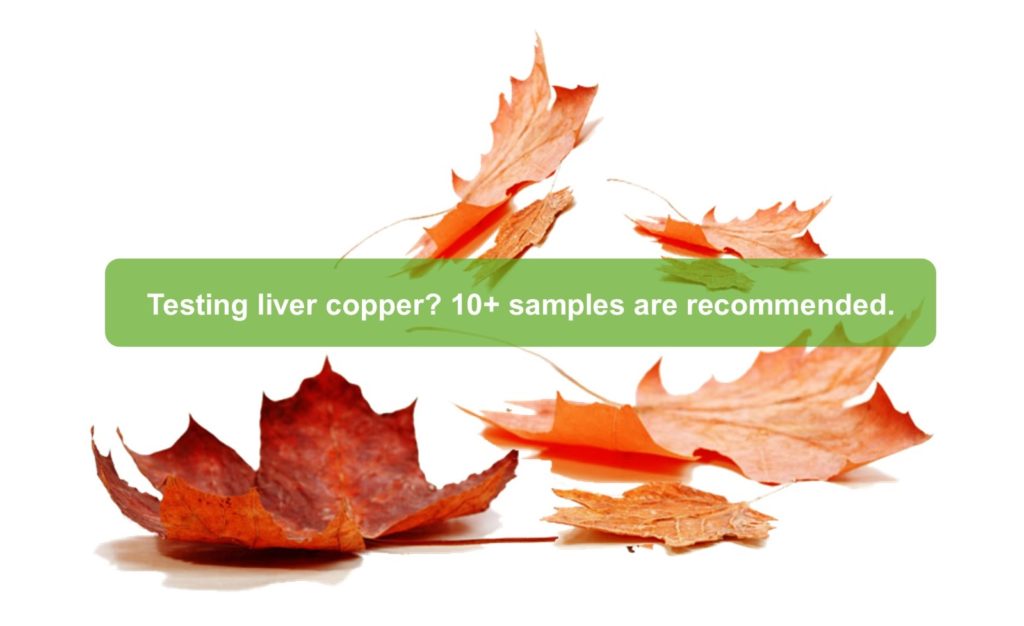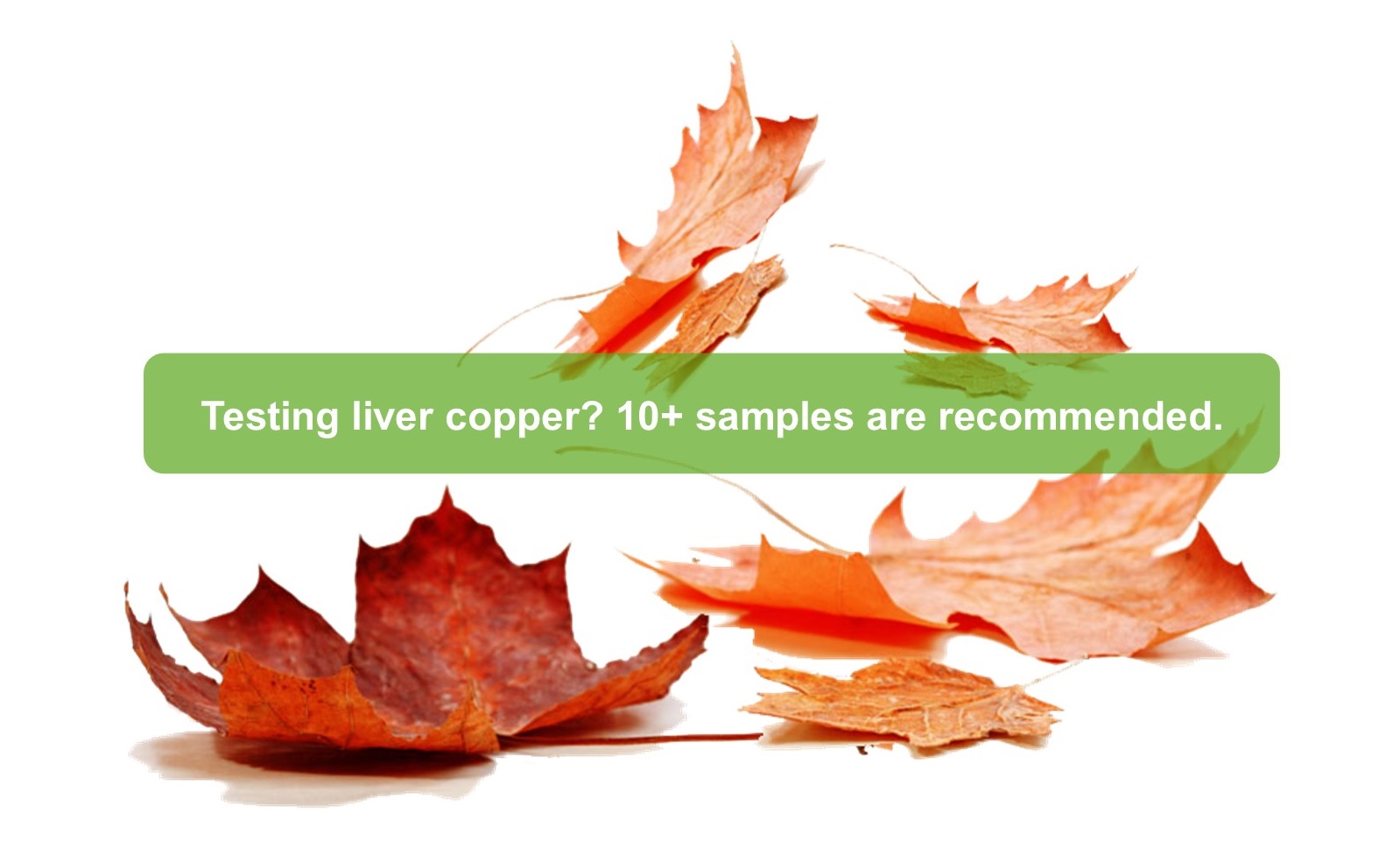
For production animal veterinarians, autumn is the time to remind farmer’s about the importance of trace element testing leading up to winter.
Tissue and serum sampling in the autumn or at drying off, provides an opportunity to ensure trace elements and magnesium concentrations are appropriate heading into winter, and to assess any effects of sporidesmin on the liver. Options for sample collection include collecting liver and/or blood samples on-farm, or getting liver samples collected at the slaughter plant (updated works submission forms to be sent with animals, can be found on our website).
We recommend on-farm collection of liver biopsies for trace element testing as it provides guaranteed animal selection and identification, better traceability of samples, is more cost effective for the farmer and provides more accurate results due to the controlled handling and transport of the samples. For more detailed information on liver biopsy sampling, read our information sheet.
Liver biopsy performed by a veterinarian is Gribbles Veterinary’s preferred sample type.
This autumn, we’ve made interpreting trace element results a whole lot easier with cumulative reporting and regional trends on reports.
Cumulative reporting can be used to identify seasonal trends within the same year or previous years specific to that farm. This enables veterinarians to quickly track results (without having to find previous trace element reports), and advise on strategic supplementation. It also provides a more user friendly, visual reference for farmers that can be used to track changes over time and align supplementation with management decisions.
Regional trending enables farmers and veterinarians to at a glance see how their farm compares in relation to other farms within their region. This new graph feature can be used with farmers as a tool to highlight the importance of regular trace element testing, by showing that (potential or possible) deficiencies / toxicities are being seen in their area.
Note: Regional data is dependent on accurate identification of the species, age and location, so please supply as many details as possible on submissions so you and your farming clients can make the most of this exciting innovation.
Recommended sample size for liver copper is now 10+ samples for all species. Find full details here.
Like much diagnostic testing, there is no one size fits all solution. Visit our website and see if the information we have available can help you make your testing choices. Still stuck? Our expert team of pathologists is always available to help. Call us on 0800 GRIBBLES.


